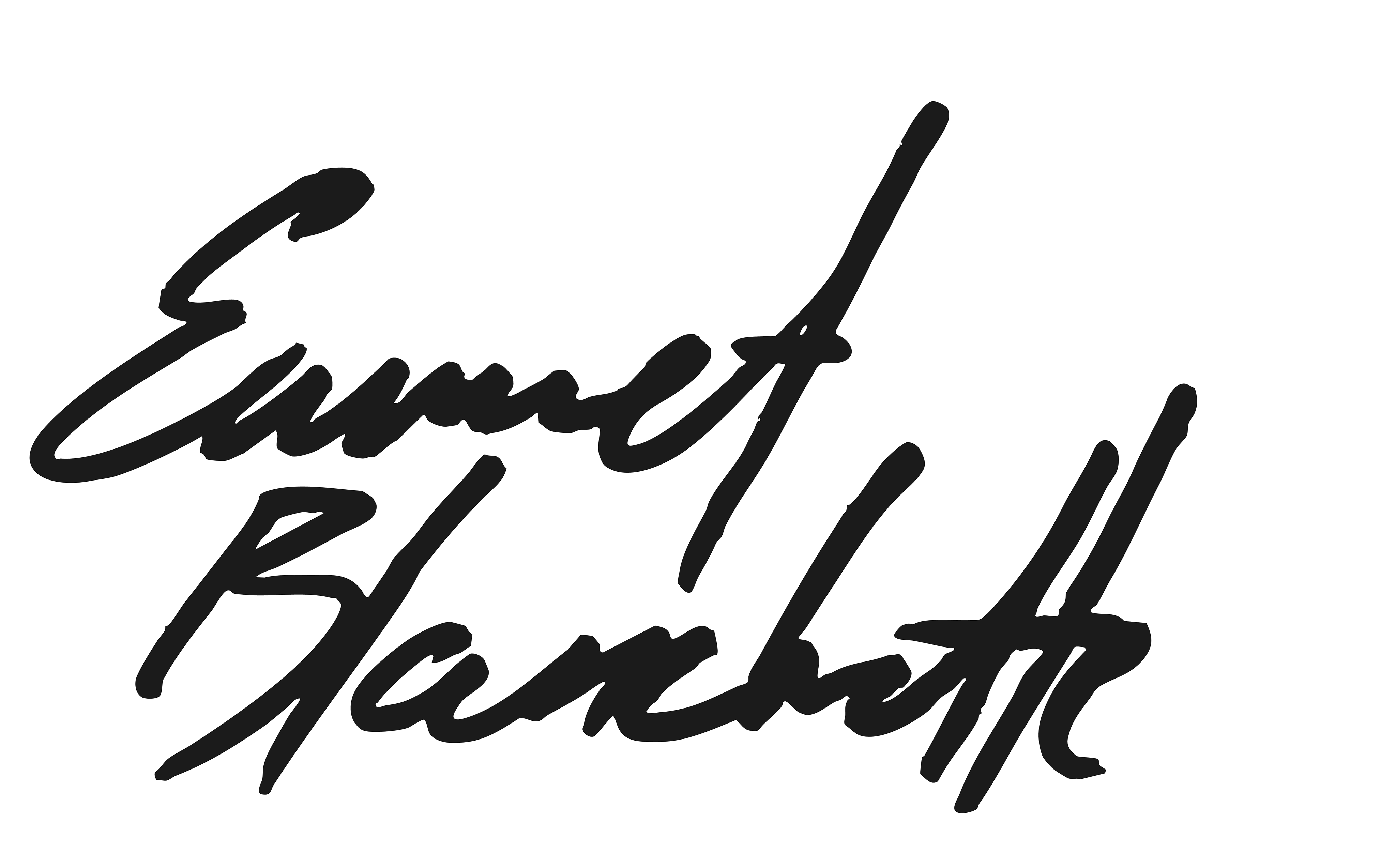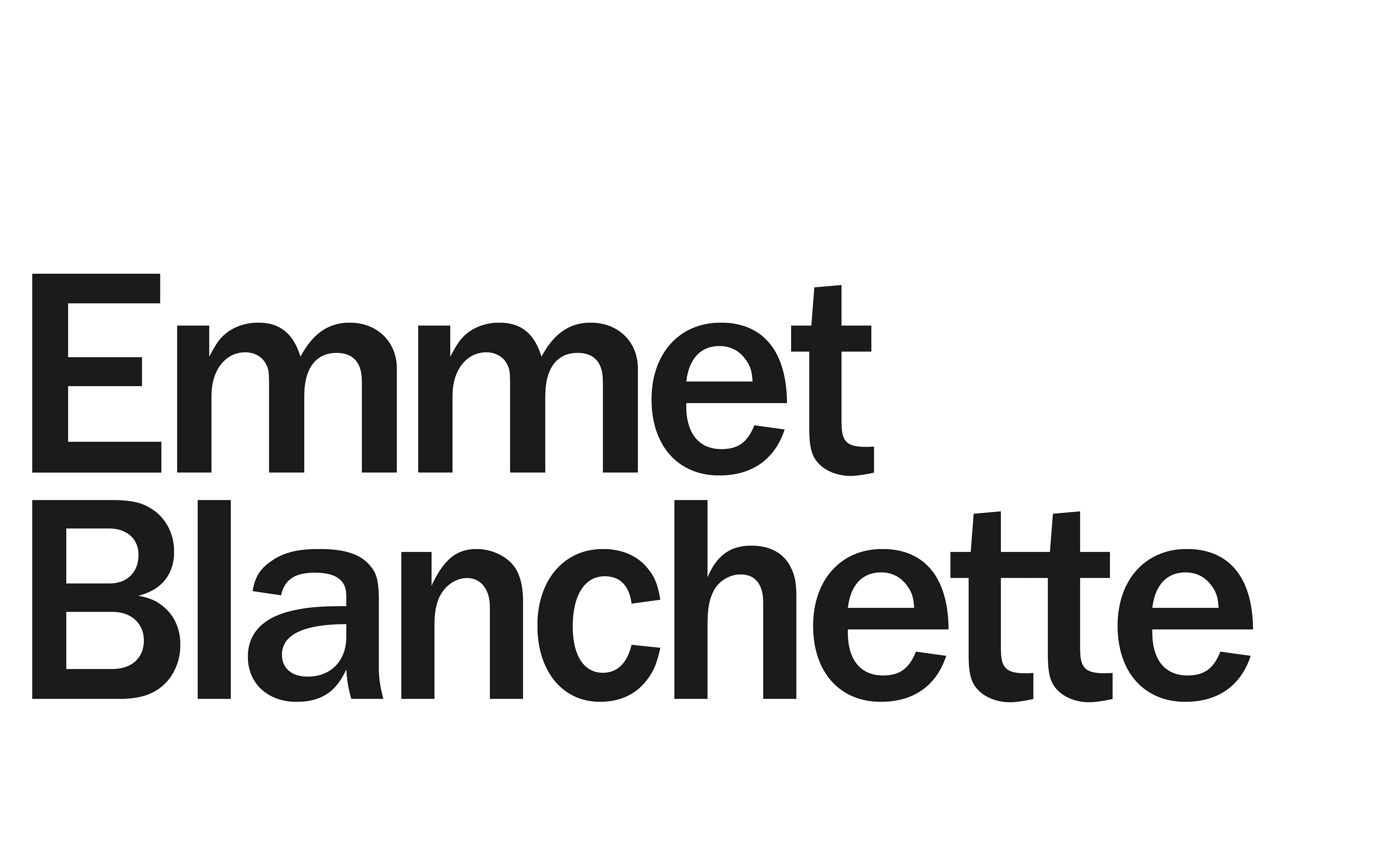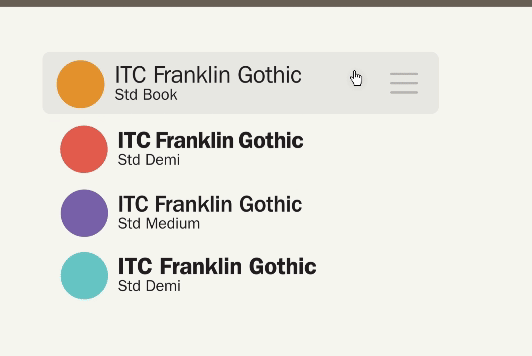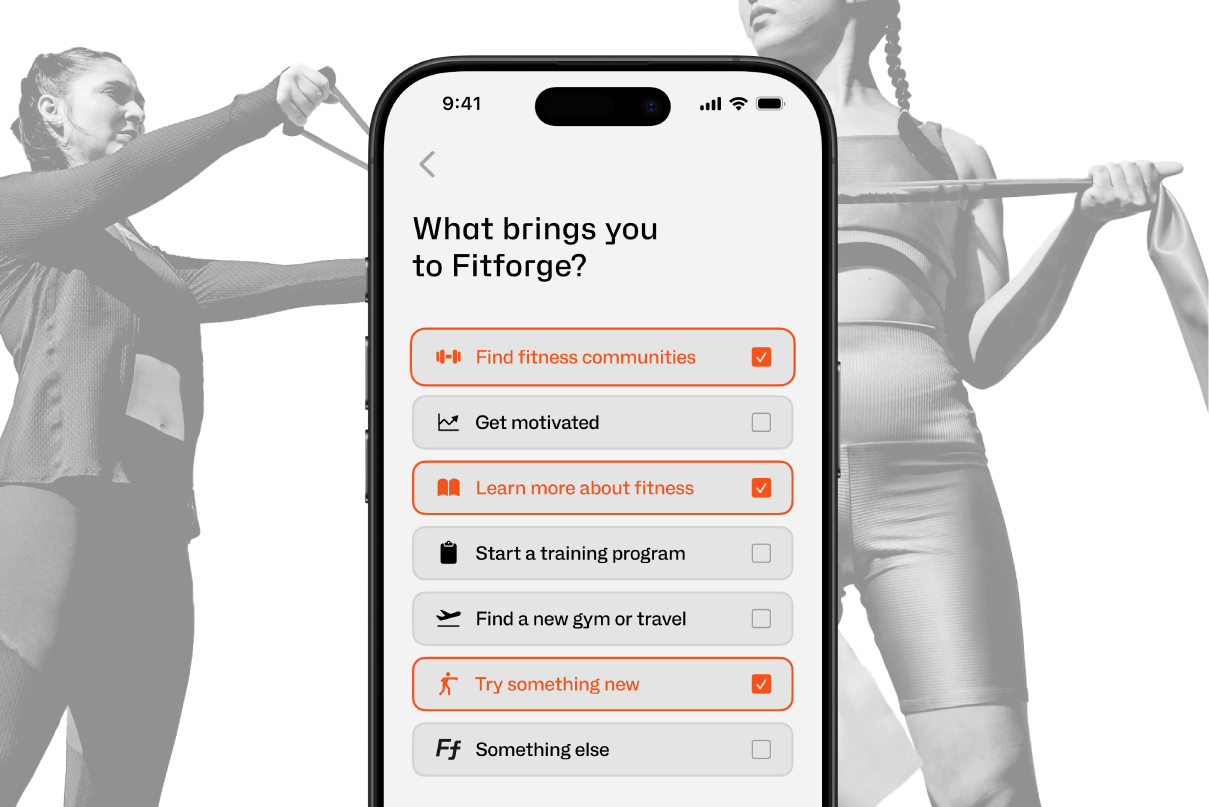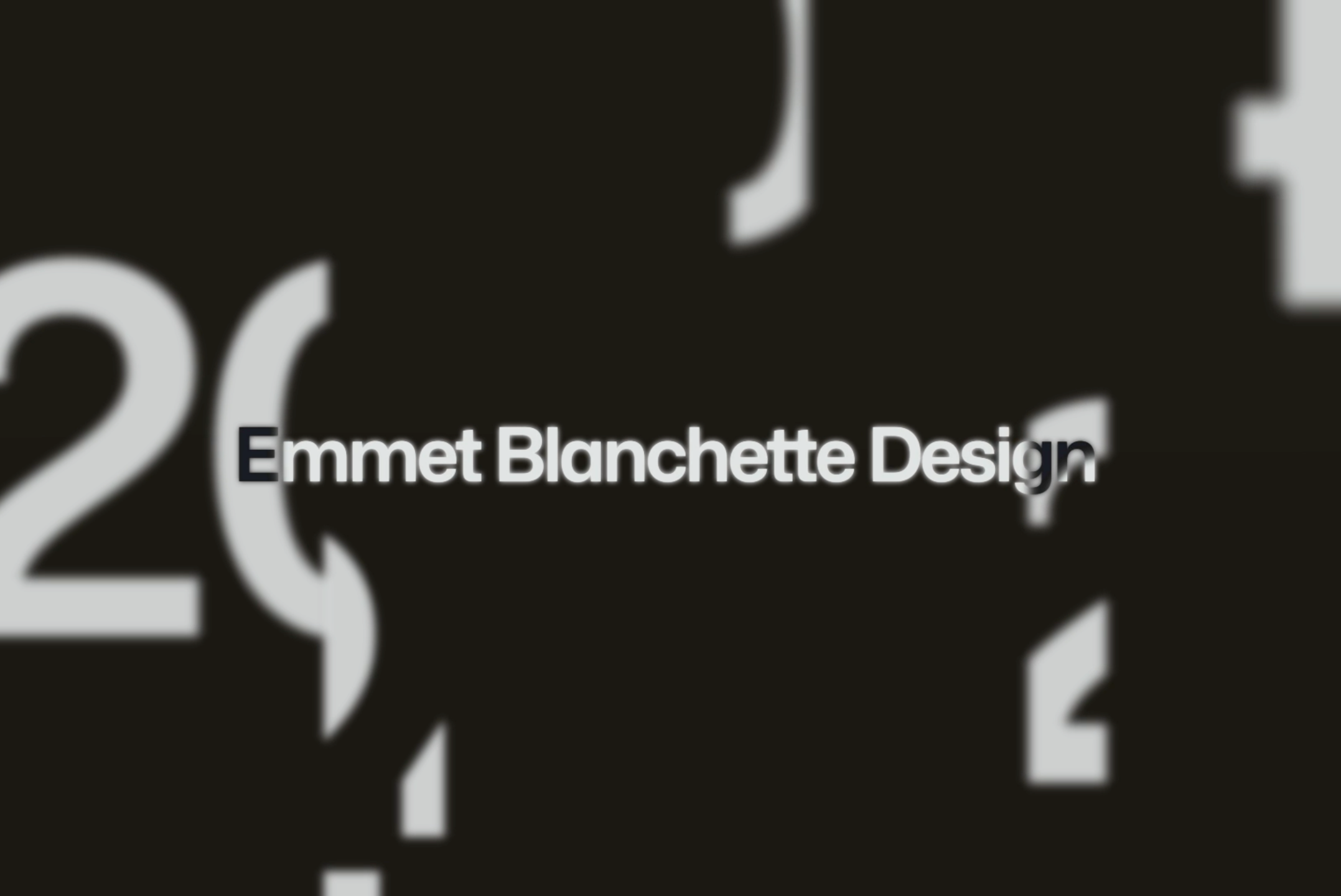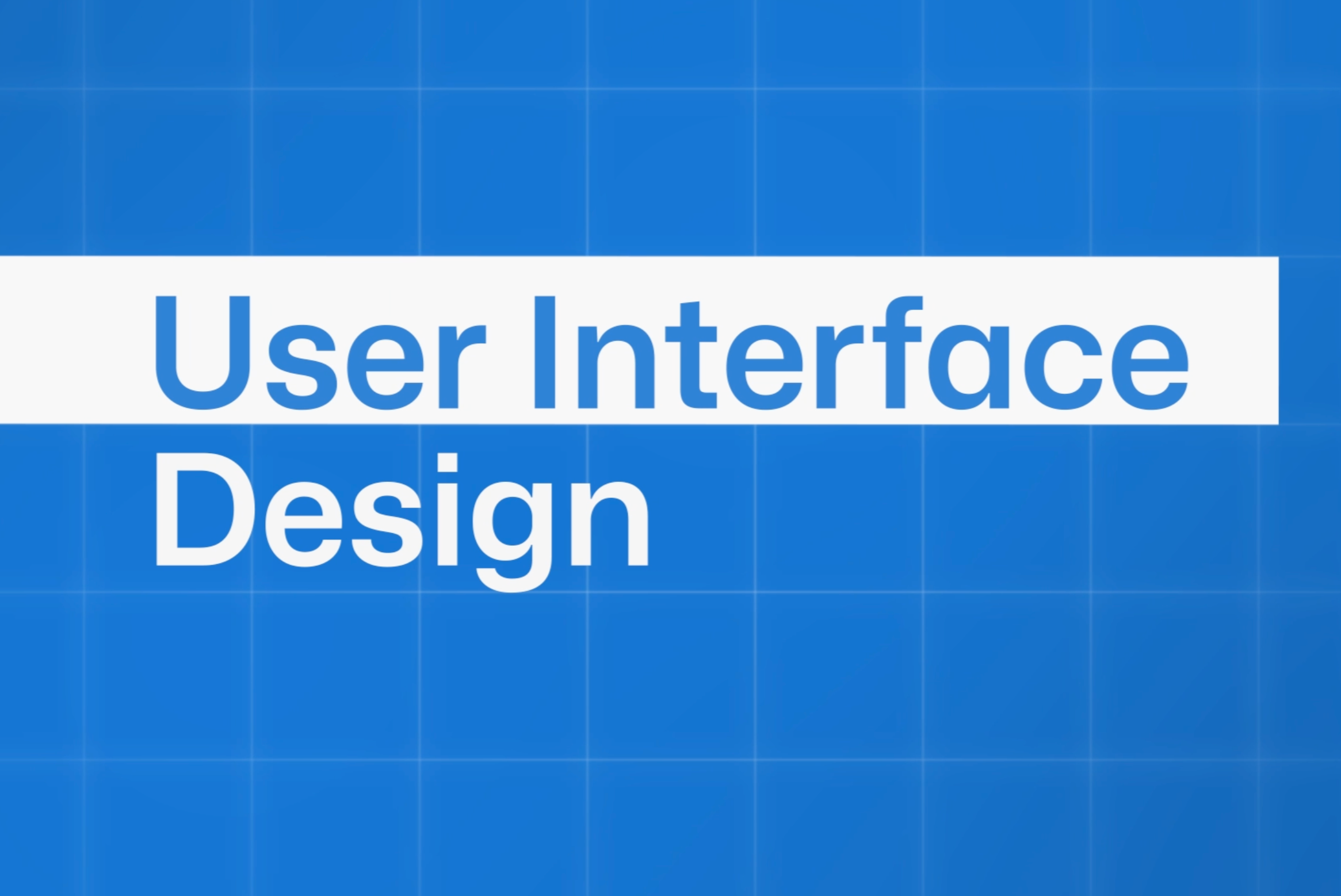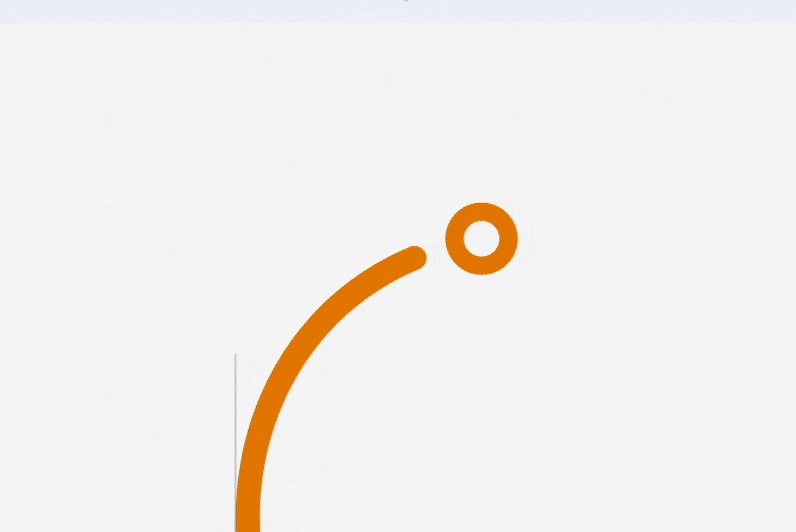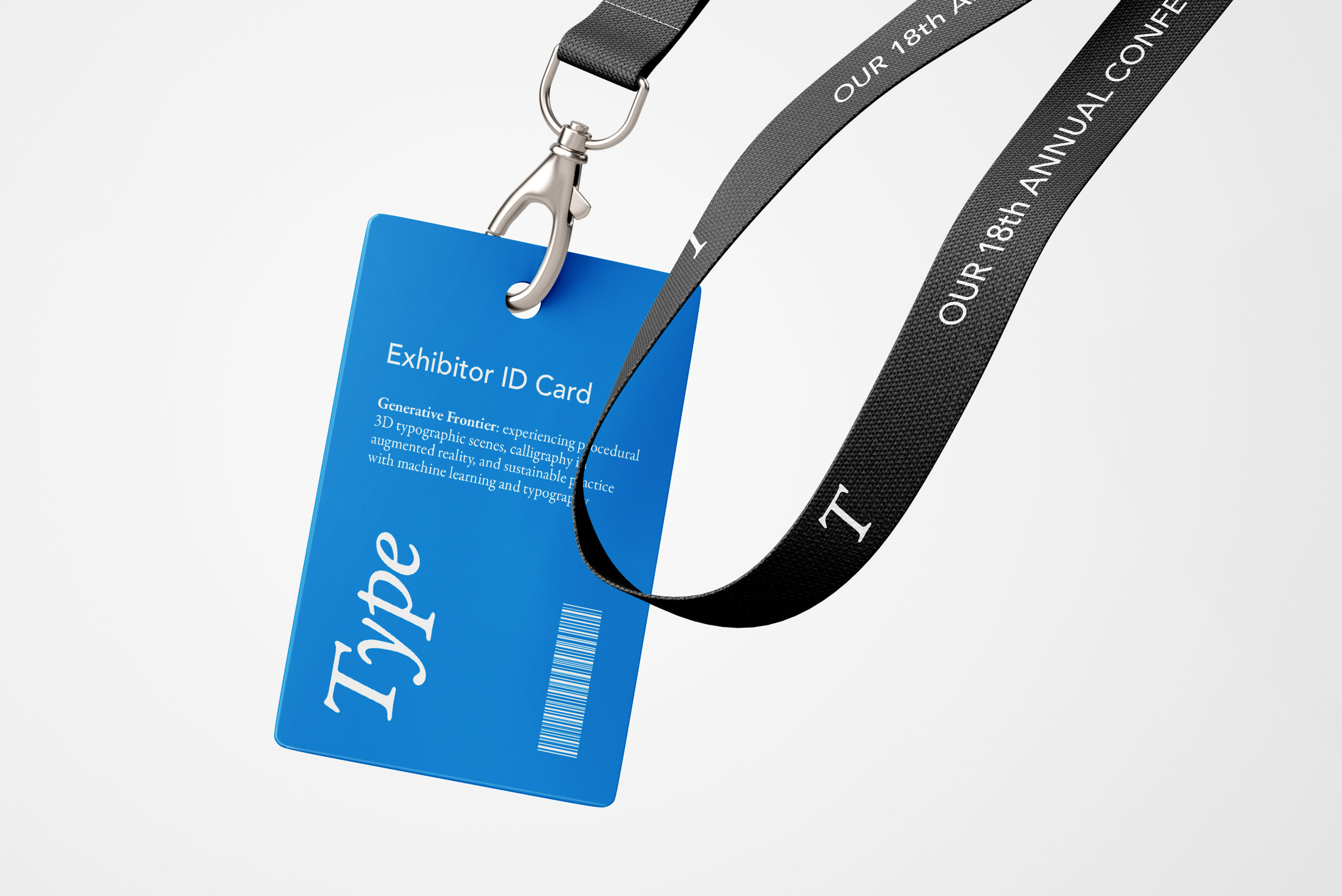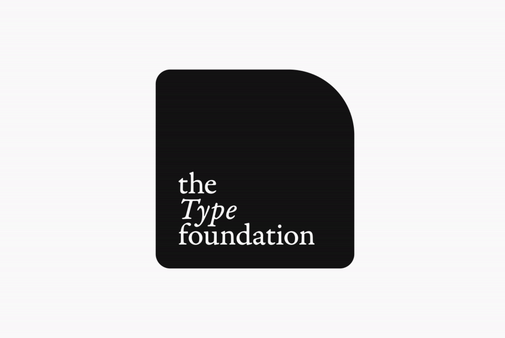Character Workshop
Art Direction, Advertising
Letters are cheap, but they didn’t use to be.
Inscribed into the walls of turquoise mines in the Sinai Peninsula were the skeletons of the first alphabet in the world.
The Canaanites were master abstractors and the fruits of their labor were picked up, altered, adapted, and developed by a host of other peoples including the Phoenicians, Greeks, Etruscans, among many others. Proto-Sinaitic, as this alphabet is now called, was itself inspired by the forms of Egyptian hieroglyphs.
Each symbol of their alphabet represented a consonant rather than a word or idea (like hieroglyphs or Chinese characters), constituting the basis of the Semitic alphabetic system, and the beginning of alphabets across much of today's world. Below is the location of one of these historical turquoise mines and (incredibly) photos of some of the inscriptions.



I sought to create a unified system to illustrate the "characters" of our modern Latin alphabet by integrating them into a standardized, visually cohesive chart. I recorded the evolution of the letters of the Latin alphabet, narrowed it down to those with the most illustrative origins, and cross-referenced with the evolution of letters in language families other than Romance or Germanic such as Hebrew, Arabic and Greek with some linguistics books and limited online resources.
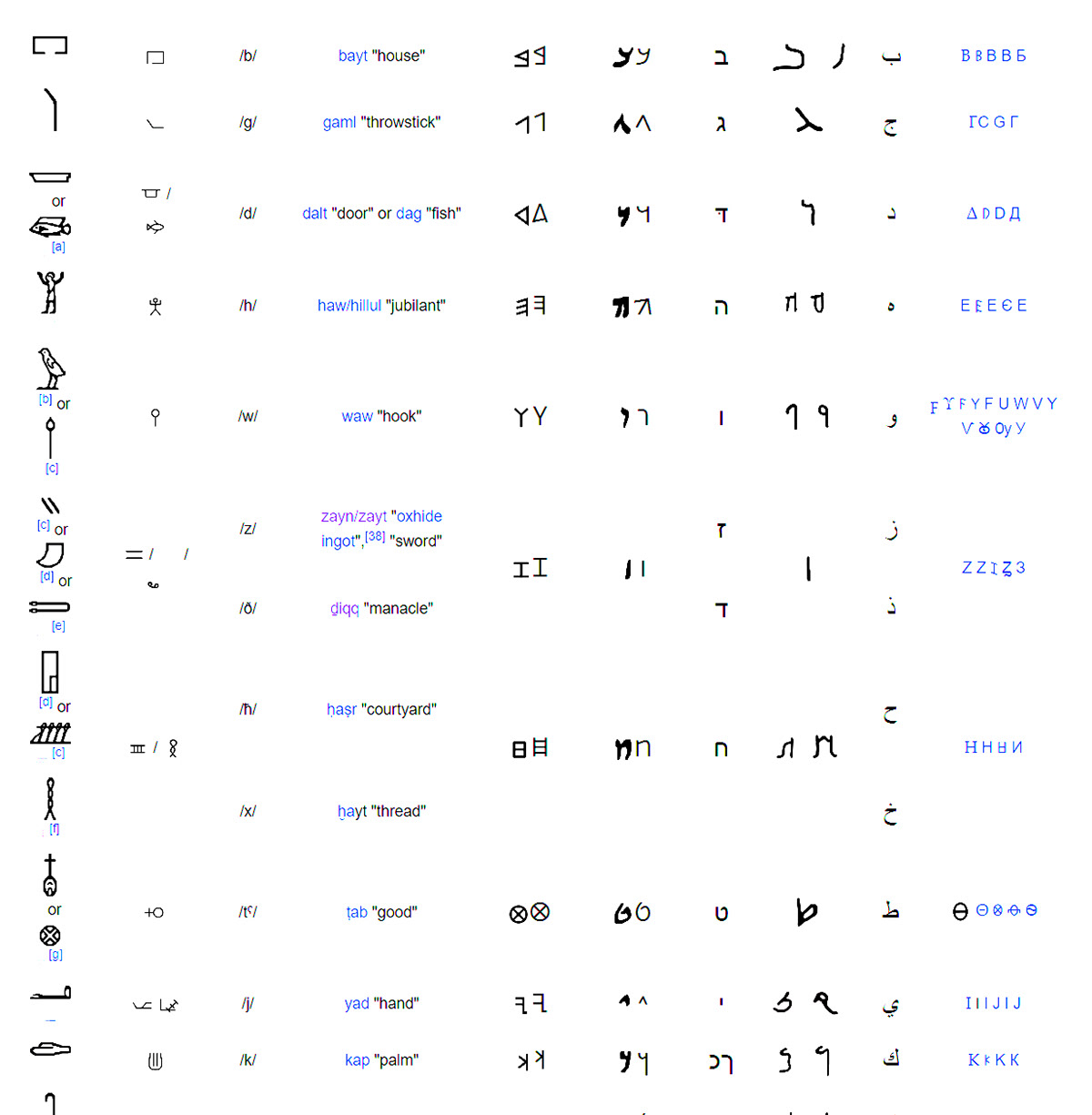

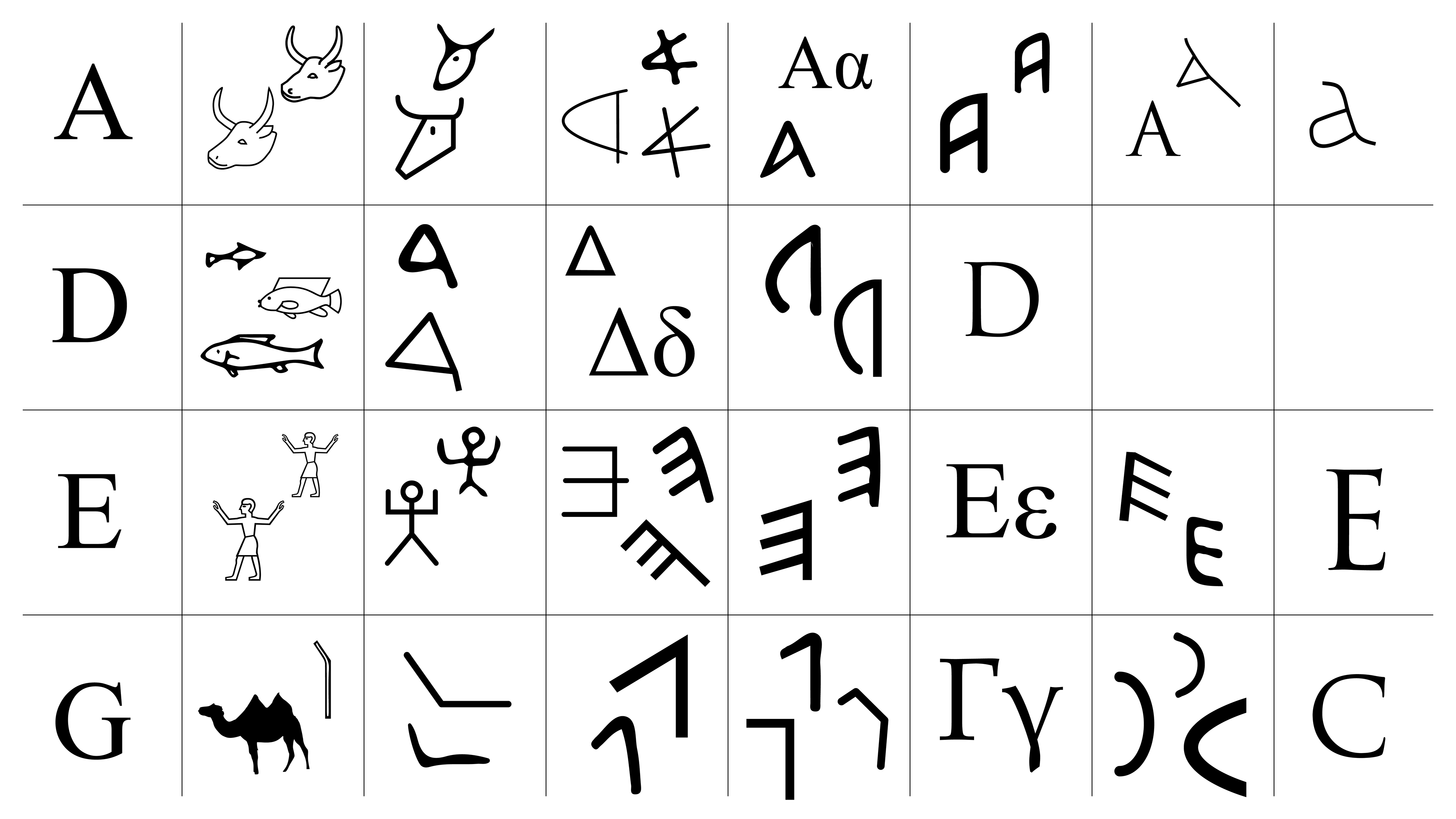
A (alp / Aleph): Ox head
D (dag / Dalet): Fish
E (hillul / Hay): Praising Man
G (gamal / Gimel): Camel
My rendition of the timeline of the system of characters. The hieroglyphs are modified from Unicode.
I designed this project to be an advertising campaign for an annual typographic conference (The Type Foundation!). A system of four posters, accompanied by a logo, brand guidelines, and motion graphics resulted from the process.
"Character Workshop; students and professionals learn about and experiment with the mysterious ‘characters’ of the alphabets. Keynote speakers deliver lucid presentations revealing the history and future of writing, alphabets, linguistics, typography, and graphic design. Artists and designers lead workshops on developing skills surrounding letterforms. Students gain opportunities to broaden their expertise and explore new passions."


I learned a lot from Character Workshop, and I discovered two important lessons:
Formulas don’t create anything innovative or unique; they’re helpful only for structuring a process.
And that the most important aspect of constructing a system is creating it non-destructively; each part must be mobile, deft, and versatile, able to be modified as needed.
